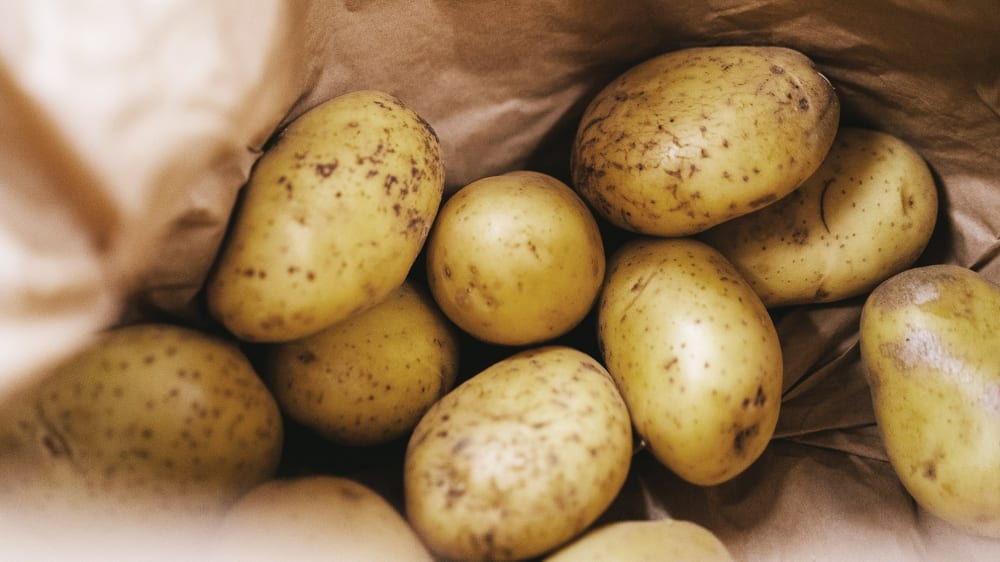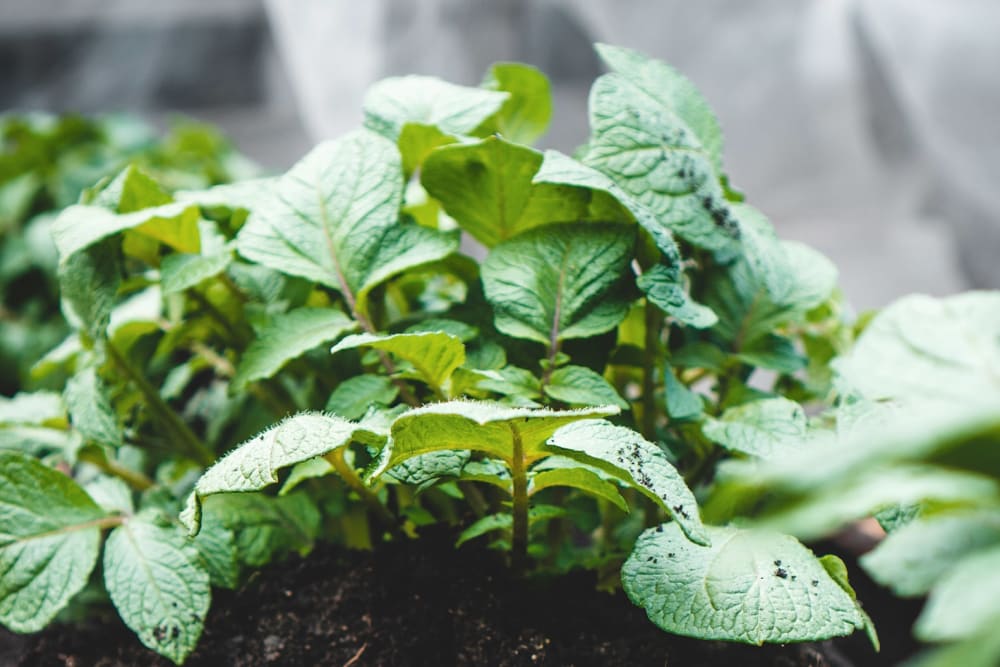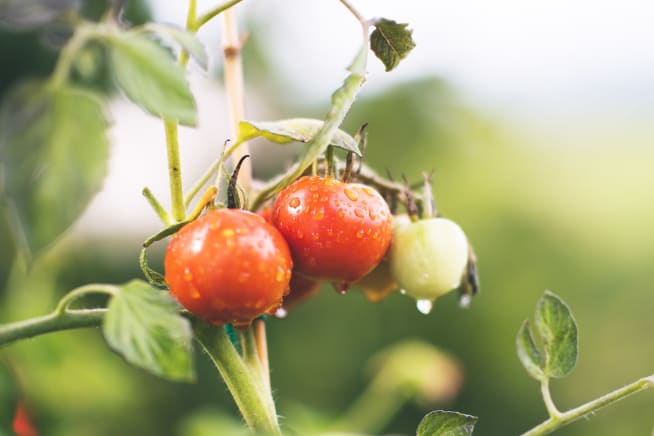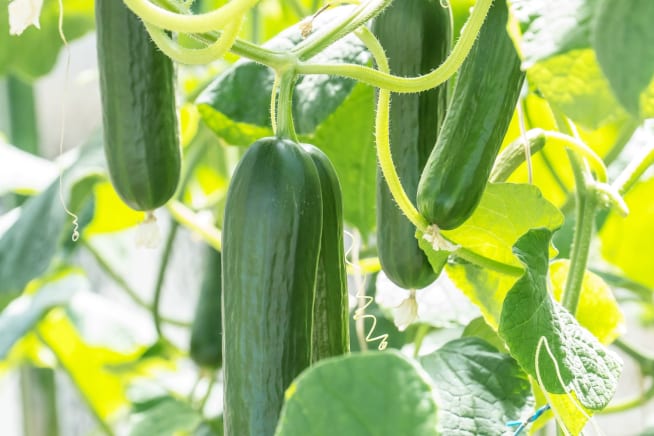How to grow potatoes
There's a reason why potatoes are the nation's favourite crop. These versatile veggies are easy to grow, giving you a super source of starch throughout the year.

Since the 16th Century, potatoes have been one of the nation's favourite foods, giving us chips, crisps, and roasties. Potatoes are super easy to grow at home, so you won't have to rely on a supermarket. Here are the basics of potato parenting:
- “Chit” your potatoes in a cool, bright spot before planting
- Plant “earlies” from late March to mid-April and “maincrops” at the end of April
- Add extra soil as the potato grows
- Water regularly once the top inch of soil is dry
- Harvest early varieties between June and August and maincrops between August and October
When to plant potatoes
There are two main types of tatties – smaller “earlies” or new potatoes and larger “maincrop” spuds. Maincrops are planted and harvested later than earlies.
Potatoes don't grow from traditional seeds. Instead, you'll need “seed” potatoes, which should be “chitted” before planting. This basically involves storing the seed potatoes in a bright but cool place until the shoots reach 2 or 3 cm long. Let them chill out in an old egg carton or seed tray.
Once the final spring frost has passed, plant first earlies in late March and second earlies in mid-April. Maincrops should be planted at the end of April.

How to plant potatoes
After chitting your spuds, remove smaller shoots until you've got three or four strong ones. Plant them in a narrow channel that's about 5 inches (12 cm) deep with the shoots poking up.
If you're short on space, you can also grow potatoes in containers. Pop one or two seed potatoes into about 6 inches(15 cm) of good-quality compost, just below the soil.
Potatoes need at least six hours of sun every day and prefer soil that's rich in nutrients. Before planting, enrich the soil with a bit of compost and choose a spot that's sheltered from the wind.
How to care for potatoes
Potato plants are potent growers and need a bit of maintenance if you want a good harvest. Once the plant is around 6 to 8 inches tall (15 to 20 cm), it'll need “earthing up” to keep it nice and snug. Cover the lower third of the plant with some fresh compost, repeating this as the plant grows until you reach the rim of the container.
Potatoes love a good drink. Thoroughly water your sprouting spuds if the top inch of soil feels dry.
For an even bigger bounty, add some all-purpose fertiliser once you've planted your potatoes. Give maincrop potatoes another dose after their second earthing up.

When to repot potatoes
Potatoes are an annual crop, which means that the plant will only produce one harvest and won't need repotting.
Dealing with pests and problems
Several nasty diseases and pests can afflict potatoes. Here are the main culprits to watch out for:
- Potato blight – Caused by warm, wet weather, symptoms of blight include dark spots and yellowing across the plant. Remove infected parts as quickly as possible. Prevent blight by using hardy potato varieties such as Cara or Charlotte.
- Slugs – Slugs are the most common potato pests in the garden, munching through sleeping spuds before you get a chance to harvest them. Fill some plastic tubs with beer and place them into the soil to get rid of these potato pinchers. They can’t resist the yeast and will drown. Potatoes grown in containers are less vulnerable to slugs.

How to harvest potatoes
Early potatoes are small but flavourful, although they don't keep well. Harvest them from June to August as and when you need them. Cut each stem right down and excavate your pearly potatoes, leaving the rest until your next meal.
Start harvesting maincrop spuds in August and throughout October. If the foliage has started yellowing and wilting, it's a sure sign that they're ready to unearth.
How to use potatoes
What can't you do with potatoes? Early potatoes have a soft taste, great when added to salads or roasted whole for a burst of starchy satisfaction. Maincrop tatties do best when baked whole as jacket potatoes or diced to make heavenly roasties.
Rewild your inbox
Plant tips. Special offers. No spam.
You might like

How to grow tomatoes
It’s a tasty business

How to grow chillies
Spice up your favourite dishes by growing your own fiery chillies.

How to grow courgettes
Grow your own courgettes for a colossal crop of tasty veg.